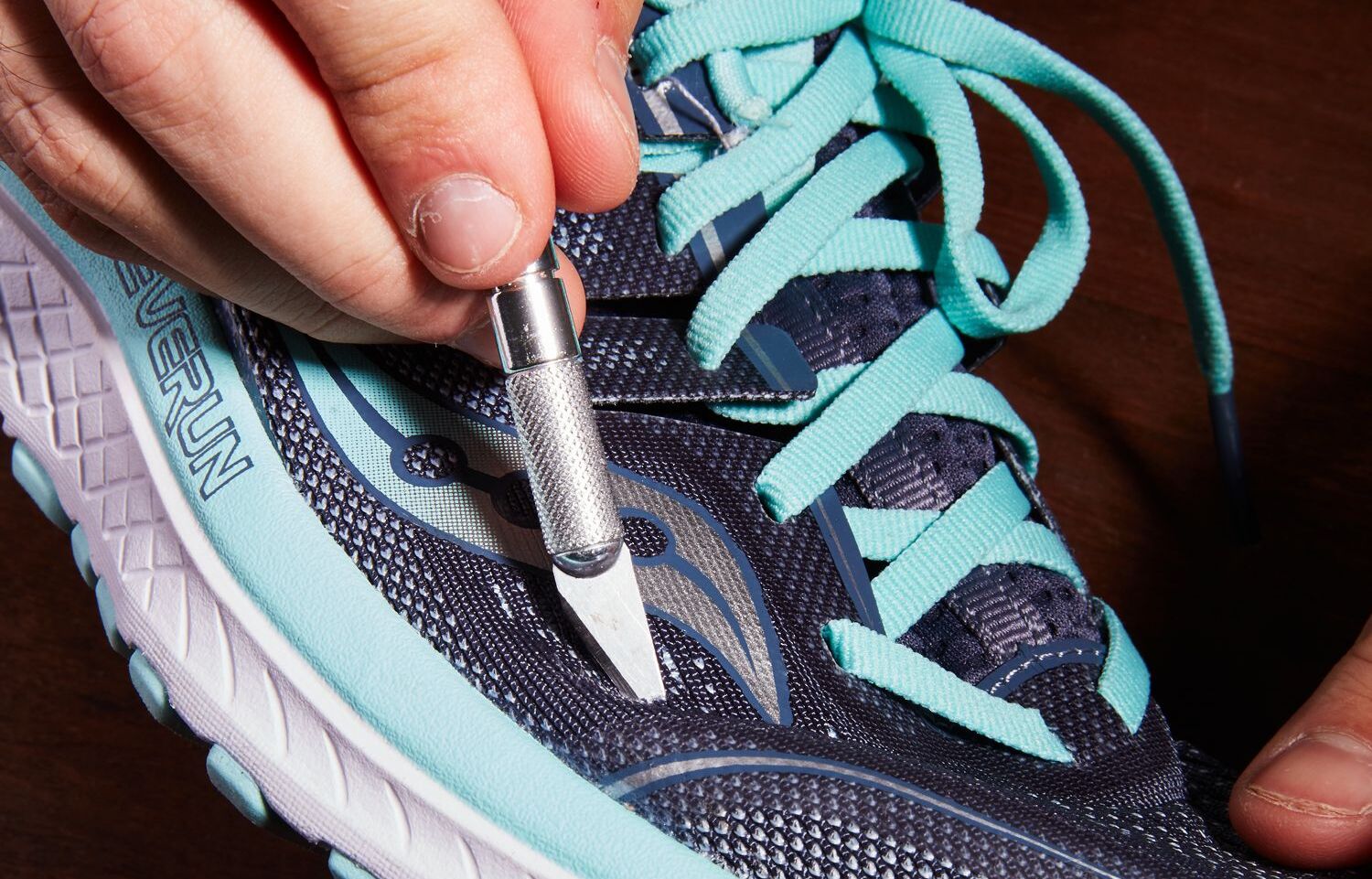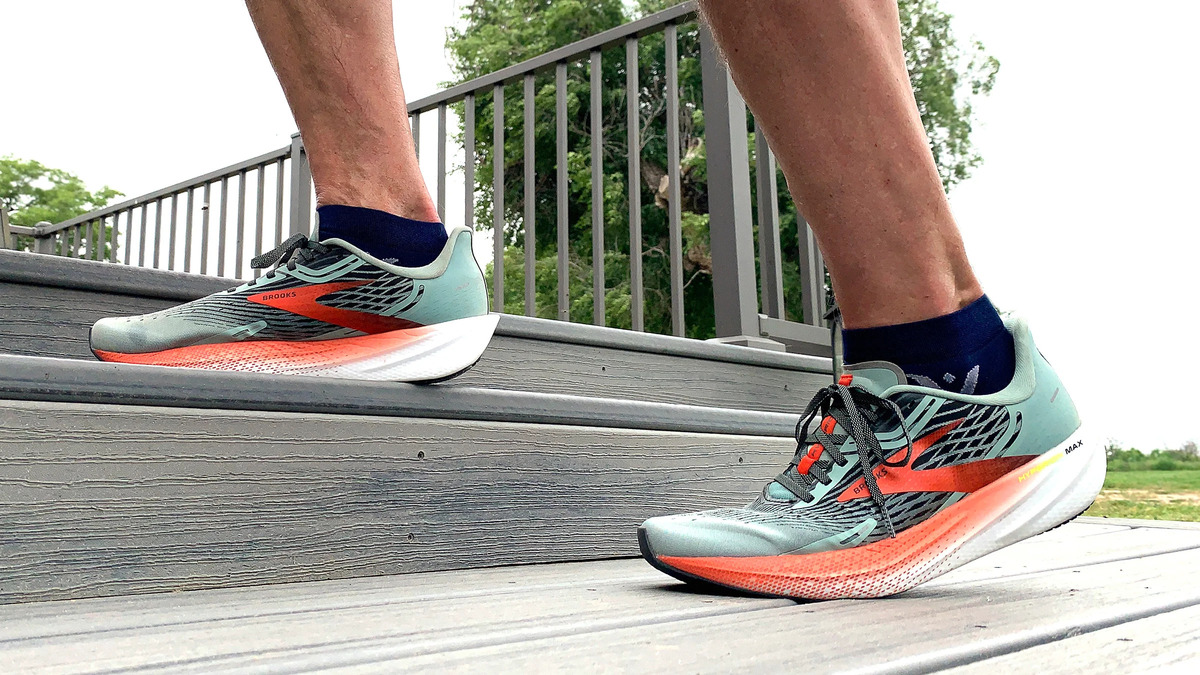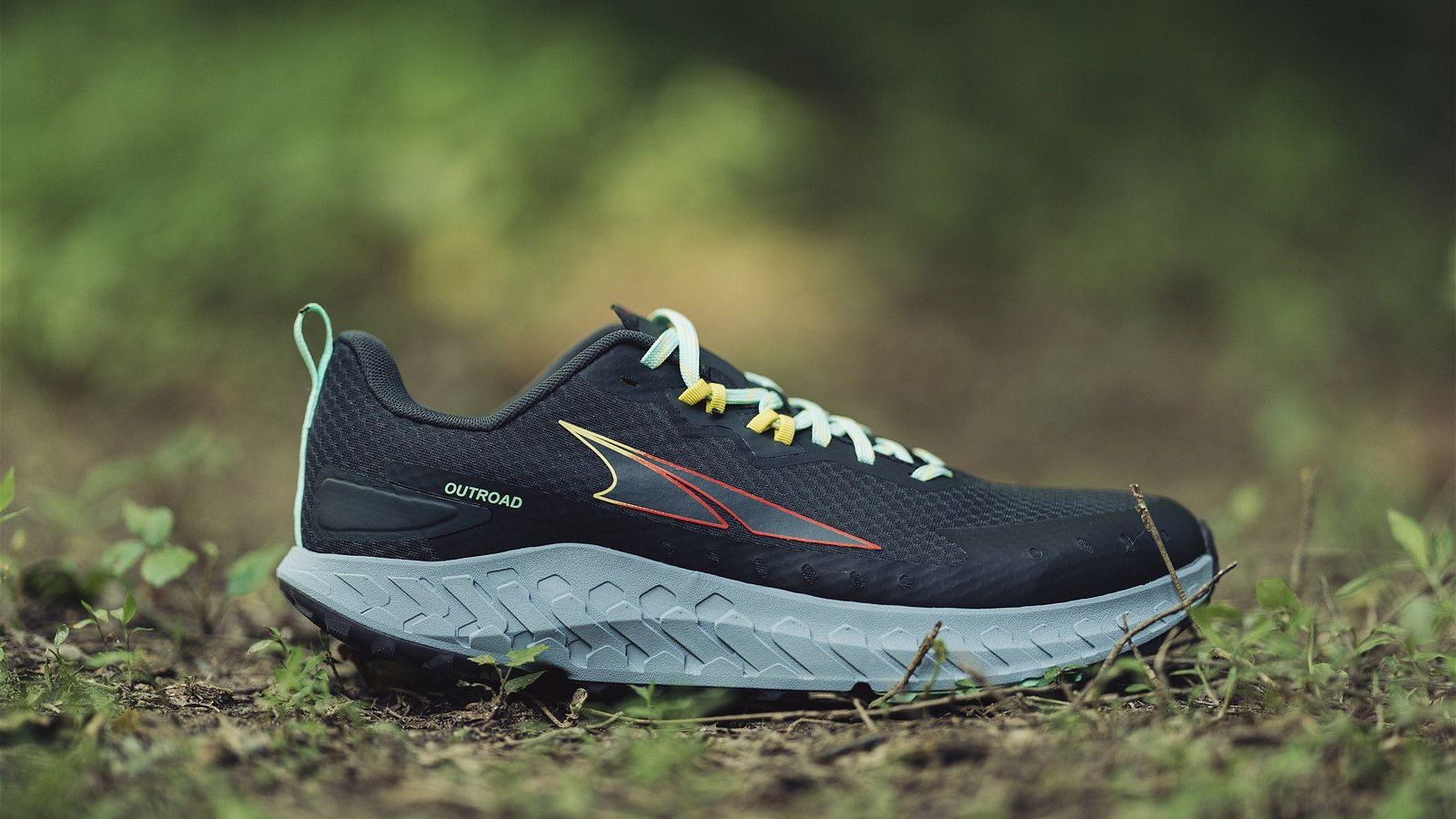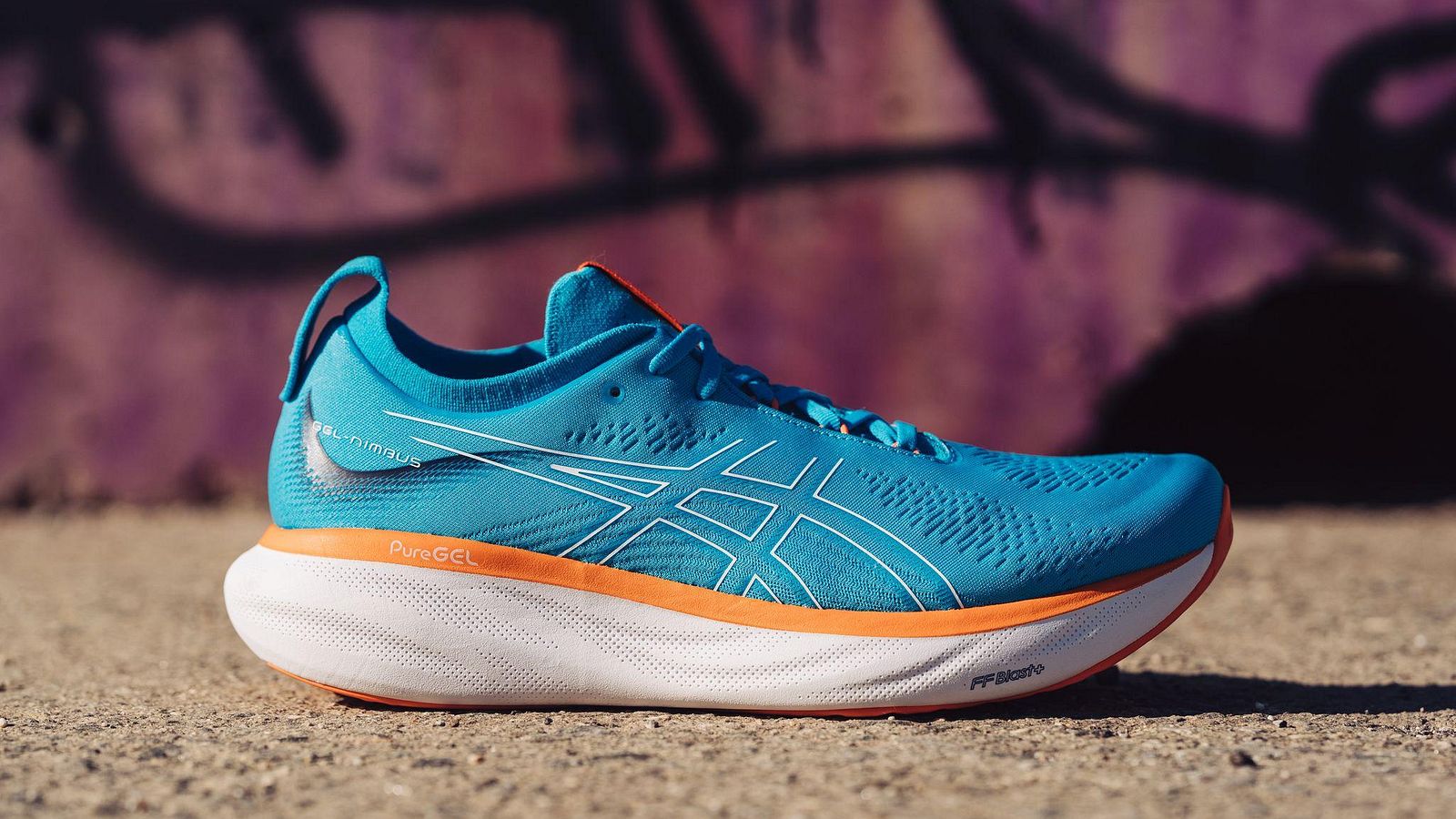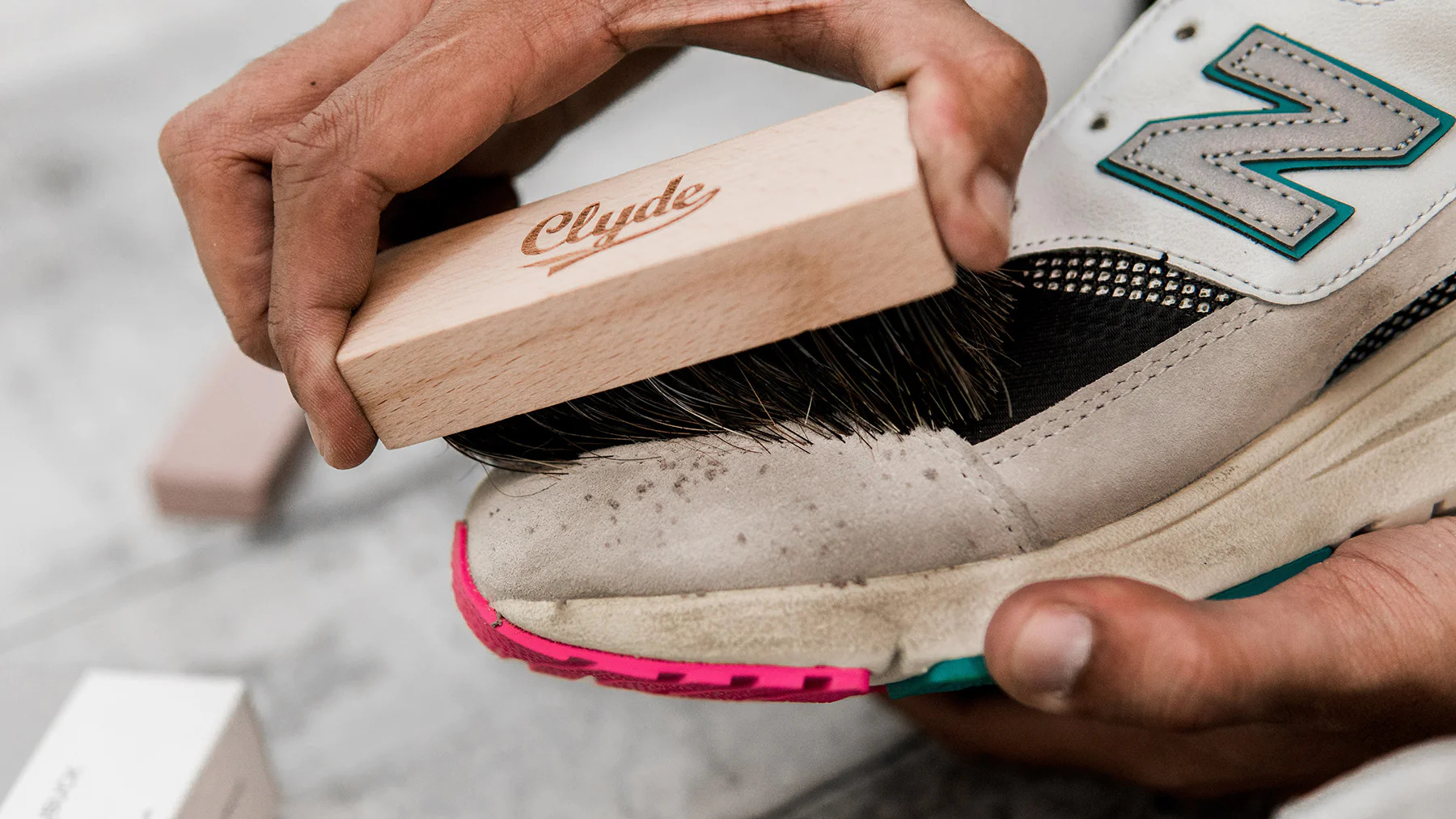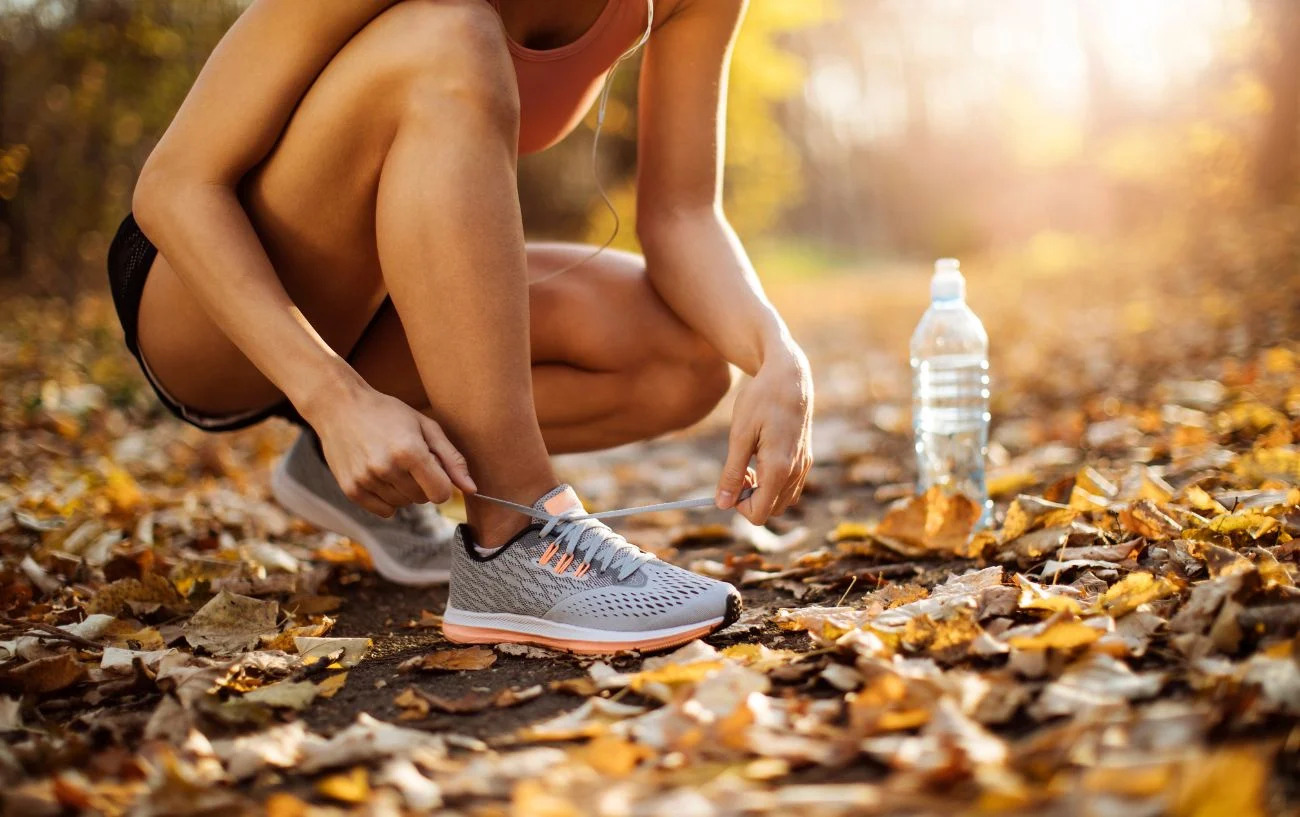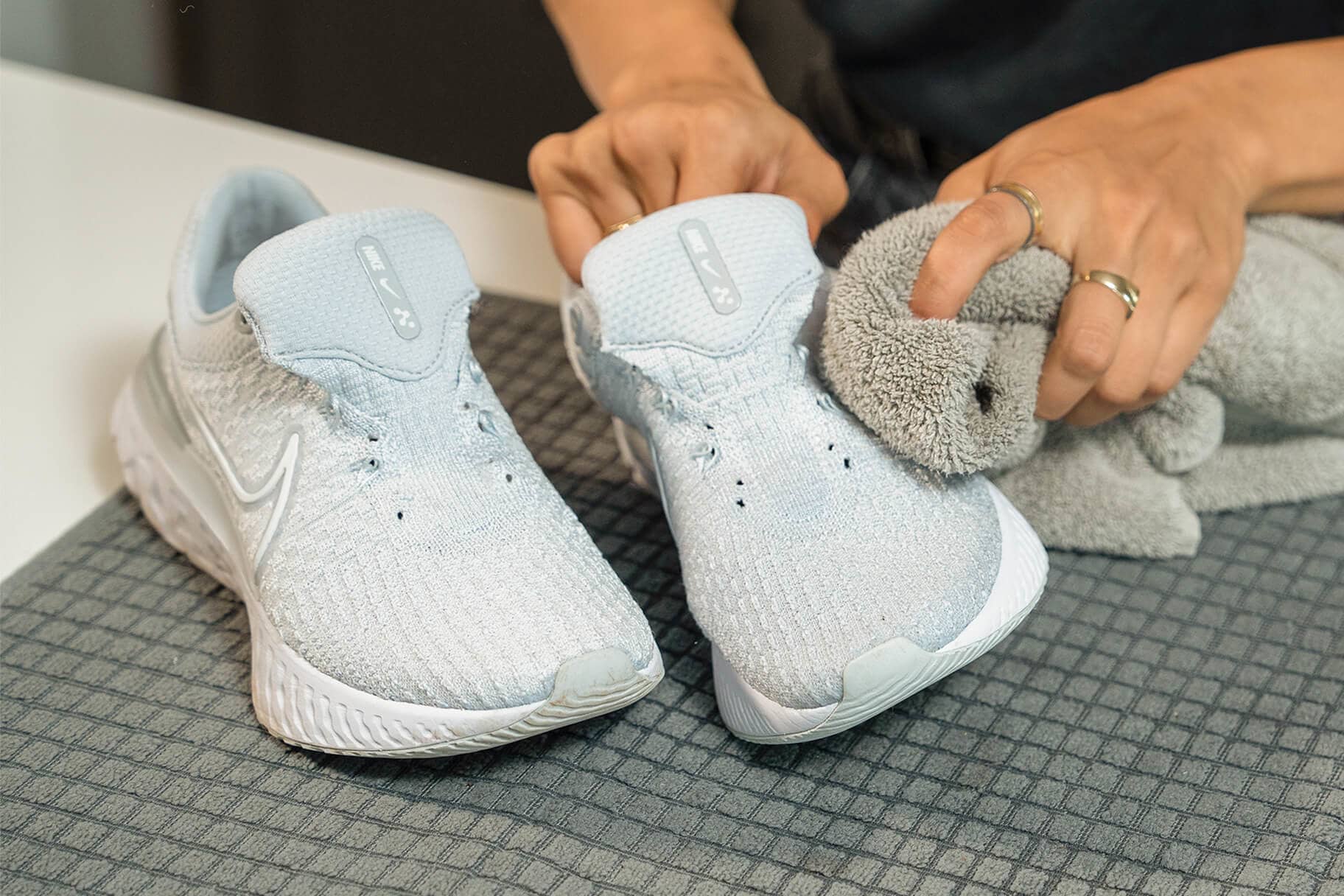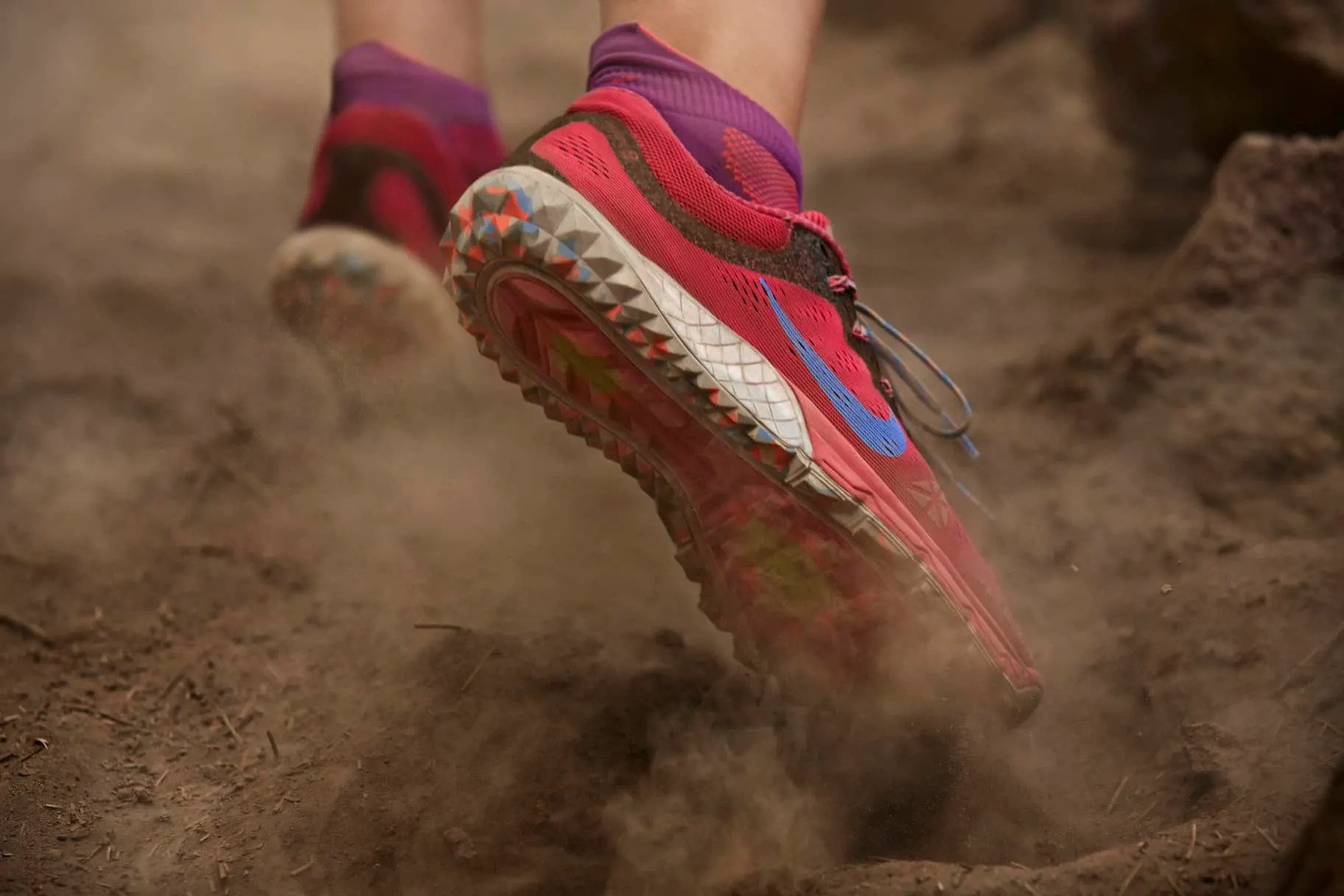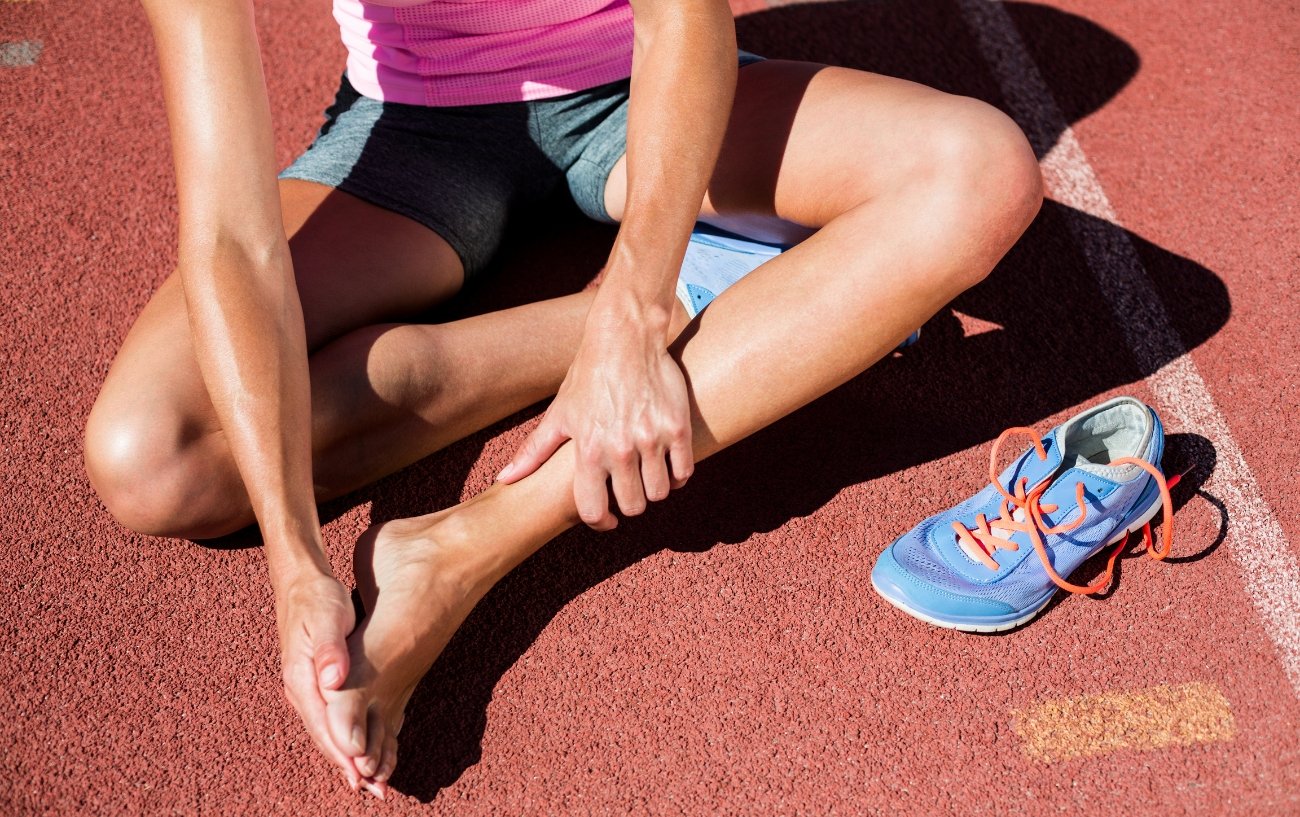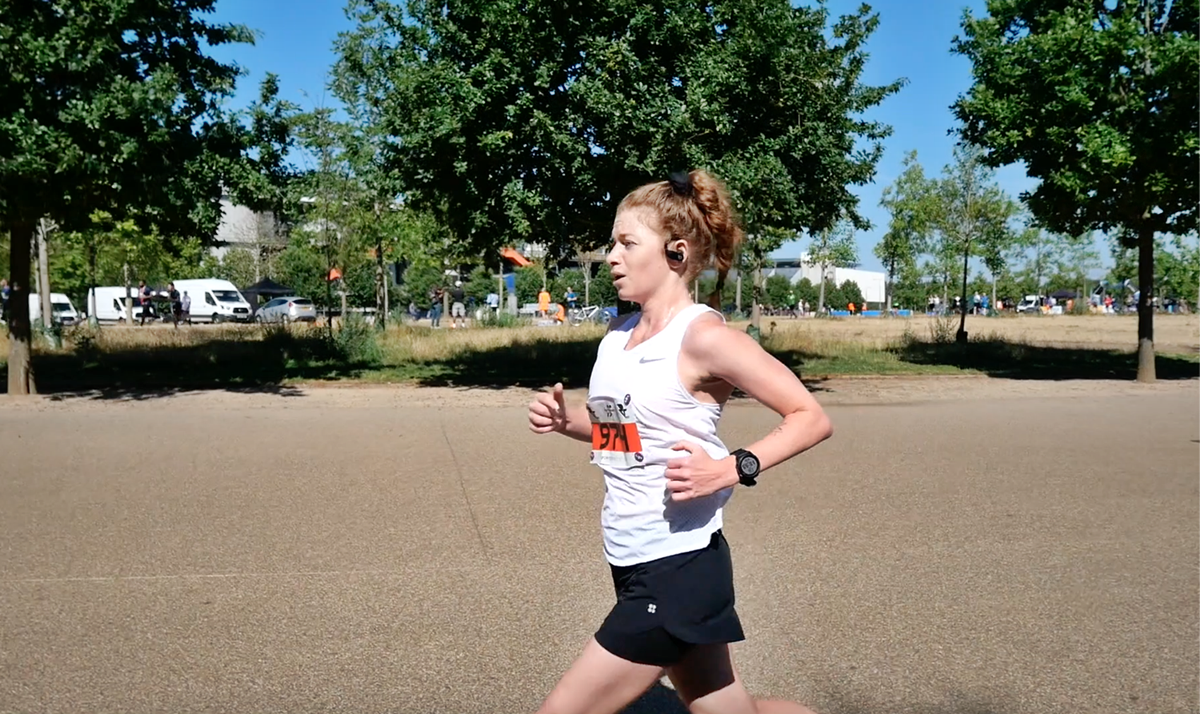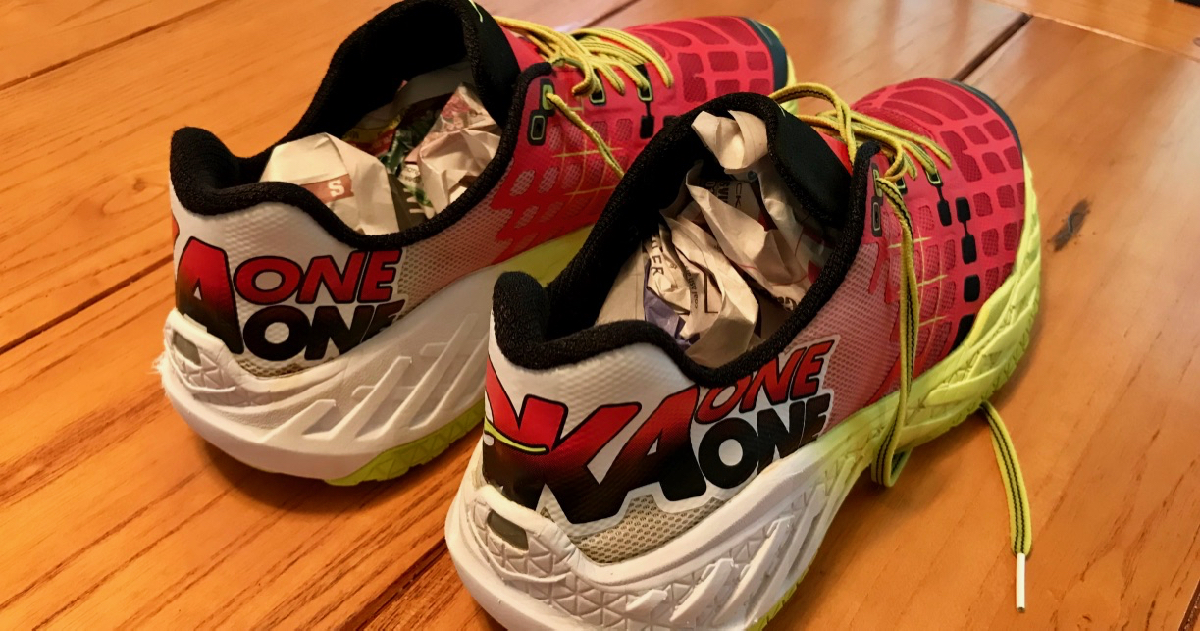

Featured
How To Dry Out Running Shoes
Modified: August 19, 2023
Learn how to effectively dry out your running shoes to prevent odors and mold. Our featured tips will ensure your shoes stay fresh and ready for your next run.
Introduction
Whether you’re a casual jogger or a seasoned marathon runner, dealing with wet and sweaty running shoes is inevitable. From unexpected rain showers to intense workouts, moisture can quickly turn your favorite pair of running shoes into a damp and uncomfortable mess. But fear not! In this article, we will guide you through the best practices for drying out your running shoes and getting them back to their optimal state.
Why is it so important to dry your running shoes properly? Well, aside from the obvious discomfort of wearing wet shoes, moisture can lead to a host of problems. Excess moisture can cause a foul odor, unpleasant bacteria growth, and the deterioration of the materials of your shoes. Not only that, but damp shoes can also increase the chances of blisters and foot infections.
So, let’s get started! In the following sections, we will walk you through a step-by-step guide on how to properly dry out your running shoes. By following these tips, you can ensure that your shoes remain in great condition, smell fresh, and provide optimal comfort during your runs.
Why Do Running Shoes Get Wet?
Before we jump into the techniques for drying out your running shoes, let’s take a closer look at why they get wet in the first place. Understanding the causes can help you prevent wetness and protect your shoes.
One common reason for wet running shoes is, of course, rain. Running in wet weather conditions can result in water seeping into your shoes, leaving them soaked and uncomfortable. Additionally, stepping in puddles or wet grass can also contribute to wet shoes during your run.
Sweat is another major culprit behind wet running shoes. During physical activity, your feet sweat to regulate body temperature. The moisture produced can accumulate inside your shoes and make them damp. Furthermore, running in hot and humid conditions can amplify sweat production, leaving your shoes even wetter.
In some cases, improper shoe maintenance can contribute to wetness. If your shoes aren’t properly sealed or have worn-out soles, water can easily penetrate and soak your feet. This is especially true for older or worn-out shoes that have lost their water-resistant properties.
Finally, running through wet or muddy terrains can also lead to wet shoes. When you encounter wet surfaces or splashes of water, they can quickly soak into your shoes, resulting in discomfort and a higher risk of bacteria growth.
Now that we understand the reasons behind wet running shoes, let’s dive into the best practices for drying them out effectively.
The Importance of Drying Running Shoes Correctly
Drying your running shoes properly is not just about ensuring your comfort and the longevity of your shoes. It also plays a crucial role in maintaining foot health and preventing unpleasant odors and bacterial growth.
One of the main reasons for drying your running shoes correctly is to prevent the growth of bacteria and fungi. Moisture creates an ideal environment for these microorganisms to thrive, leading to unpleasant smells and potentially causing foot infections. By thoroughly drying your shoes, you minimize the chances of bacterial and fungal growth, keeping your feet fresh and healthy.
Proper drying also helps maintain the structural integrity of your shoes. Exposing wet shoes to excessive heat sources or leaving them in a damp environment can lead to the breakdown of materials such as adhesives and cushioning. This can result in reduced support, stability, and overall performance of your shoes. By following the recommended drying methods, you can help extend the lifespan of your running shoes.
Furthermore, drying your shoes correctly helps prevent the formation of blisters and other foot problems. Moisture can soften the skin and create friction, leading to painful blisters. By ensuring your shoes are thoroughly dried before wearing them, you can minimize the risk of friction and discomfort during your runs.
Lastly, proper shoe care, which includes drying them correctly, can save you money in the long run. When shoes are not dried properly, they can deteriorate faster, requiring you to replace them sooner. By taking the time to dry your shoes using the recommended methods, you can extend their lifespan and avoid unnecessary expenses.
Now that you understand the importance of drying your running shoes correctly, let’s move on to the step-by-step process for drying them effectively.
Step 1: Remove Excess Moisture
The first step in drying out your running shoes is to remove as much excess moisture as possible. This initial step will help accelerate the drying process and prevent unnecessary dampness.
Start by taking off your wet running shoes and shaking them gently to get rid of any loose water droplets. You can also give them a few light taps against a solid surface to dislodge any trapped water inside.
Next, grab a clean towel and pat the exterior of the shoes to absorb as much moisture as you can. Pay special attention to the insoles and the areas around the tongue and collar of the shoes, as these areas tend to hold more moisture.
If the weather permits, you can take your shoes outside and give them a gentle shake again to release any remaining water. However, be cautious not to damage your shoes or the surrounding area while doing this.
Remember, the goal of this step is to eliminate as much excess moisture as possible before moving on to the next drying steps. By removing excess moisture, you’ll speed up the drying process and ensure that your shoes dry more effectively.
Once you’ve removed as much moisture as possible, it’s time to move on to the next step: stuffing your shoes with newspaper or paper towels to aid in the drying process.
Step 2: Stuff with Newspaper or Paper Towels
After removing excess moisture from your running shoes, the next step is to stuff them with newspaper or paper towels. This step helps absorb remaining moisture and accelerates the drying process.
Start by crumpling up sheets of newspaper or paper towels. Make sure they are not too dense or tightly packed to allow for proper air circulation inside the shoes.
Take the crumpled newspaper or paper towels and stuff them into the shoes, filling them up entirely. Pay attention to areas that are prone to collecting moisture, such as the toe box and the heel. Ensure that the paper is evenly distributed and packed loosely enough to allow for adequate airflow.
Leave the stuffed shoes in a well-ventilated area, preferably at room temperature. The newspaper or paper towels will work to absorb the moisture from the shoes as they dry. It’s essential to check and replace the paper every few hours if it becomes saturated.
Remember not to rush the drying process by using excessive heat sources such as hair dryers or heaters. High heat can damage the materials of the shoes and cause them to lose their shape. Patience is key in properly drying your running shoes.
By stuffing your shoes with newspaper or paper towels, you’re providing them with an absorbent material that helps draw out remaining moisture. This step sets the foundation for the next step in the drying process: air drying in a well-ventilated area.
Step 3: Air Dry in a Well-Ventilated Area
Once you have stuffed your running shoes with newspaper or paper towels, the next step in the drying process is to allow them to air dry in a well-ventilated area.
Find a location in your home or outdoors where there is good air circulation. It could be a well-ventilated room, a balcony, or a shady spot in your yard. Avoid direct sunlight as it can cause discoloration or damage to the materials of your shoes.
Place your shoes in the chosen area, ensuring they are placed on a clean and dry surface. This will help prevent any potential transfer of moisture or dirt onto the shoes during the drying process.
Allow your shoes to air dry naturally. The time it takes for your shoes to dry will vary depending on factors such as humidity, temperature, and the amount of moisture present. It’s important to be patient and avoid rushing the process.
During the drying process, check the newspaper or paper towels stuffed inside your shoes regularly. If they become saturated, replace them with fresh ones to continue absorbing moisture effectively.
Avoid the temptation to use heat sources such as hair dryers or heaters to speed up the drying process. Direct heat can cause damage to the materials and structure of your shoes, leading to potential shrinkage, warping, or loss of support.
By air drying your shoes in a well-ventilated area, you allow natural airflow to circulate and gradually evaporate the remaining moisture. This gentle drying technique helps maintain the integrity and performance of your running shoes.
Once your shoes are thoroughly dry, it’s time to move on to the next step: avoiding direct heat sources during the drying process.
Step 4: Avoid Direct Heat Sources
When drying your running shoes, it’s important to avoid direct heat sources. While it may be tempting to speed up the drying process, exposing your shoes to high heat can cause damage and compromise their performance.
Avoid placing your shoes near heaters, radiators, or fireplaces. The intense heat from these sources can melt adhesives, warp the shoe structure, or even cause the shoe materials to shrink. This can result in discomfort, reduced support, and a shorter lifespan for your shoes.
Similarly, avoid using hair dryers or heat guns to dry your shoes. The concentrated heat can have similar negative effects on the shoes, leading to irreversible damage. It’s best to opt for natural drying methods to preserve the quality and functionality of your running shoes.
If you’re concerned about the time it takes for your shoes to dry naturally, remember that patience is key. Rushing the drying process can compromise the integrity of your shoes, leading to potential issues down the line.
By allowing your running shoes to dry at their own pace, you ensure that they retain their shape, cushioning, and overall performance. While it may take a little longer, it’s well worth the wait to maintain the longevity of your shoes.
Once your shoes are completely dry, the next step is to consider using silica gel packets to speed up the drying process and absorb any remaining moisture.
Step 5: Use Silica Gel Packets to Speed up the Drying Process
If you’re looking to expedite the drying process of your running shoes, using silica gel packets can be an effective solution. Silica gel packets are small, desiccant-filled pouches that help absorb moisture and reduce drying time.
You can commonly find silica gel packets in product packaging, such as electronic devices or shoeboxes. If you don’t have any on hand, you can purchase them online or at local stores.
After removing excess moisture and stuffing your shoes with newspaper or paper towels, place a few silica gel packets into each shoe. Make sure the packets are distributed evenly to maximize their absorption capacity.
Silica gel works by attracting and absorbing moisture from the surrounding environment. As the gel absorbs the moisture, it changes color, indicating that it’s saturated and needs to be replaced.
Leave the shoes with the silica gel packets in a well-ventilated area and allow them to dry naturally. Check the silica gel packets periodically and replace them with a fresh set if needed.
Using silica gel packets can help speed up the drying process by actively drawing moisture away from your shoes. However, remember that it’s still essential to be patient and not rush the drying process by using excessive heat or other methods that can damage the shoes.
Once your shoes are completely dry, it’s time to consider additional drying options such as using a shoe dryer or dehumidifier to eliminate any remaining moisture.
Step 6: Consider Using a Shoe Dryer or Dehumidifier
If you’re looking for an efficient and convenient way to dry your running shoes, using a shoe dryer or dehumidifier can be a great option. These devices are designed specifically for drying shoes and can help eliminate any remaining moisture effectively.
A shoe dryer typically uses gentle, warm air circulation to dry your shoes. It helps expedite the drying process while ensuring that the heat is distributed evenly throughout the shoes. Some models even have adjustable settings to accommodate different types of shoes and materials.
When using a shoe dryer, follow the manufacturer’s instructions to ensure safe and effective drying. Avoid using high heat settings or leaving the shoes on the dryer for excessive periods, as this can potentially damage the shoes.
Alternatively, a dehumidifier can also be used to dry your running shoes. A dehumidifier removes moisture from the surrounding air, creating a drier environment that aids in the drying process.
If you choose to use a dehumidifier, place your shoes in close proximity to the device while ensuring adequate airflow. This will help expedite the evaporation of moisture from your shoes. However, be cautious not to position the shoes too close to prevent any direct heat exposure that could potentially damage them.
While a shoe dryer or dehumidifier can be effective drying tools, keep in mind that they are optional and not always necessary. Traditional methods, such as air drying and using absorbent materials, can also effectively dry your running shoes. Consider using a shoe dryer or dehumidifier if you need a quicker drying time or if you frequently find yourself running in wet conditions.
Once your running shoes are completely dry, it’s crucial to clean and maintain them to ensure their longevity and performance. That leads us to the next step: cleaning and maintaining dry running shoes.
Step 7: Cleaning and Maintaining Dry Running Shoes
Now that your running shoes are dry, it’s important to clean and maintain them to keep them in excellent condition and extend their lifespan. Regular cleaning and maintenance will help prevent odor buildup, bacteria growth, and deterioration of the materials.
Start by removing the newspaper, paper towels, or silica gel packets from inside your shoes. Dispose of the used materials and ensure that the shoe interiors are completely dry.
To clean the exteriors of your shoes, use a damp cloth or sponge with mild soap and water. Gently scrub away any dirt, stains, or residue from your running shoes. Be sure to pay attention to the soles, laces, and other hard-to-reach areas.
Avoid using harsh chemicals or abrasive cleaning agents, as these can damage the materials of your shoes. Additionally, never submerge your shoes in water or machine wash them, unless the manufacturer specifies that they are machine washable.
After cleaning, rinse off any soap residue by wiping your shoes with a clean damp cloth or sponge. Allow them to air dry naturally in a well-ventilated area, away from direct heat or sunlight.
Once your shoes are dry, it’s a good idea to apply a protective spray or waterproofing agent to help repel moisture and keep them more resistant to water. Follow the manufacturer’s instructions for the specific product you are using.
When storing your dry and clean running shoes, avoid leaving them in a damp or enclosed area. Moisture can lead to mold and mildew growth. Instead, store them in a cool, dry place with good ventilation. Stuff them with crumpled newspaper or use shoe trees to help maintain their shape.
Regularly inspect your running shoes for any signs of wear and tear. Check the outsoles, midsoles, and uppers for any damage that may impact their performance. If necessary, consult with a professional for repairs or consider replacing them if they are beyond repair.
By properly cleaning and maintaining your dry running shoes, you’ll not only keep them looking great but also ensure that they provide the necessary support and comfort for your runs.
With these seven steps, you now have a comprehensive guide to drying out your running shoes effectively. Remember to remove excess moisture, stuff with newspaper or paper towels, air dry in a well-ventilated area, avoid direct heat sources, use silica gel packets if desired, consider using a shoe dryer or dehumidifier (optional), and clean and maintain your dry running shoes regularly. Following these guidelines will help you keep your running shoes in optimal condition and ready for your next run!
Conclusion
Drying out your wet running shoes properly is essential for maintaining their integrity, durability, and overall performance. By following the step-by-step guide we have provided, you can effectively remove moisture and prevent any potential damage.
Remember to start by removing excess moisture and then stuffing your shoes with newspaper or paper towels. Allow them to air dry in a well-ventilated area, avoiding direct heat sources. If you wish to speed up the drying process, consider using silica gel packets or a shoe dryer/dehumidifier.
Cleaning and maintaining your dry running shoes is equally important. Regularly clean them to prevent odor buildup and bacteria growth. Apply a protective spray or waterproofing agent to repel moisture and keep them more resistant to water. Store them properly in a dry and ventilated area when not in use.
By following these practices, you can ensure that your running shoes remain comfortable, odor-free, and in excellent condition for many runs to come. Not only will this enhance your running experience, but it will also save you from unnecessary expenses and help you extend the lifespan of your favorite pair of running shoes.
So, the next time your running shoes get soaked, remember these steps and take the time to dry them out correctly. Your feet will thank you, and your runs will be more enjoyable knowing that you’ve taken proper care of your trusted running companions.
